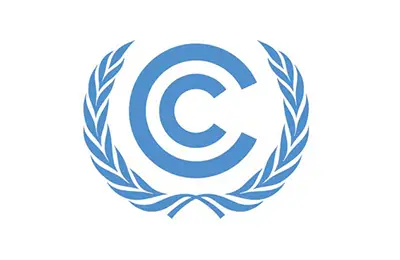This project reduces the carbon intensity of the energy infrastructure powering Indonesia’s rapid economic development. The Asahan power plant utilizes Indonesia’s abundant hydro resources to provide renewable electricity to the grid. The rural communities that live in the North Sumatra region will benefit from a more reliable electricity supply and new income-generating opportunities.
Where & Why
Over the past half century Indonesia experienced tremendous economic development. The Southeast Asian country ranks as the fourth-fastest growing large economy in the world from 1968 to today. This rapid economic growth coincided with enormous gains in poverty alleviation, with poverty in Indonesia declining from 60% to less than 10% over the same time frame.
As part of its development, Indonesia brought electricity to nearly all of its citizens. This is a particularly impressive feat considering the country’s millions of inhabitants are spread across 6,000 islands. Even as Indonesia’s power infrastructure expanded, the country has struggled with energy shortages and power outages. The Sumatra grid in particular suffered some of the longest blackouts.
Economic growth and electricity access are critical for sustainable development. But they often come with a problematic side effect for the planet – increased greenhouse gas pollution. Over the past 20 years, Indonesia’s energy sector CO2 emissions more than doubled. Today, power generation is the largest contributor to Indonesia’s emissions from fossil fuel combustion.
With 50,300 miles (81,000 kilometers) of coastline, the Indonesian archipelago is highly vulnerable to rising sea levels and other impacts of climate change. The archipelago straddles the equator, resulting in a tropical climate. Existing challenges like extreme rainfall, landslides, and heat waves will only be exacerbated by global warming.
Indonesia’s abundant natural resources offer great potential for renewable energy like hydro, geothermal, and solar. Yet most of these resources remain untapped. Nearly all (80%) of Indonesia’s electricity is generated by fossil fuels, with two-thirds coming from highly polluting coal-fired power plants. On the flip-side, only 6% of Indonesia’s hydro resources have been utilized.
How & Who
This project supports the operation of a 180 MW hydroelectric power plant on the Indonesian island of Sumatra. The run-of-river power plant uses the natural flow of the Asahan River to produce renewable energy. This powerful river is fed by Lake Toba, the largest lake in Southeast Asia which was formed by a supervolcano eruption 74,000 years ago.
Each year the Asahan hydropower plant provides around 1.2 million MWh of electricity per year to the Sumatra grid. This added electricity generation capacity supports rural communities in North Sumatra that are prone to power shortages. It also reduces the carbon intensity of the electric grid.
Run-of-river systems like the Asahan plant are a more environmentally sustainable type of hydropower. Instead of building an artificial reservoir and dam, run-of-the-river systems harvest energy through a penstock that allows the free flow of water from the river. As a result, the power plant’s construction had minimal impacts on the surrounding environment. Run-of-river systems also avoid the methane emissions produced by decomposing organic material that gets trapped behind dams.
Along with supporting Indonesia’s renewable energy transition, this project creates employment opportunities in rural areas. The project facilitates community upskilling by training local workers to operate and maintain the plant. Over 15,000 jobs were created by the construction of the hydro power plant. When the plant became operational, over 2,500 people were hired, mostly from North Sumatra.
The project will also implement community development initiatives in local villages. This includes constructing a small dam to supply drinking water and donating equipment to a senior high school.

Environmental Benefits
- Mitigates climate change by displacing fossil fuels with renewable energy

Community Benefits
- Supports economic development in rural parts of Indonesia by increasing reliable access to modern energy
- Provides skills development and job opportunities for local community members
Project Type

Energy
Location
Annual CO2 Reduction
1,021,075 MT CO2e (expected annual average for crediting period)
Amount We've Offset
3,929 MT CO2e
SDGs Supported
Verification Standard
Project Developers
PT Bajradaya Sentranusa (BDSN)
Project Documents
Offset Your Travel Footprint
Calculate and offset the carbon footprint of your travel in seconds via our online carbon calculator.







